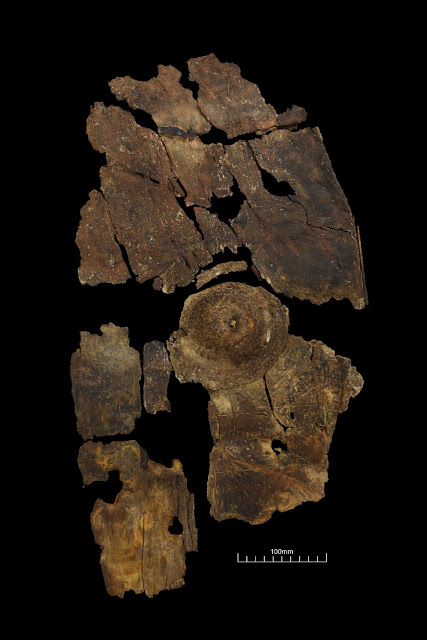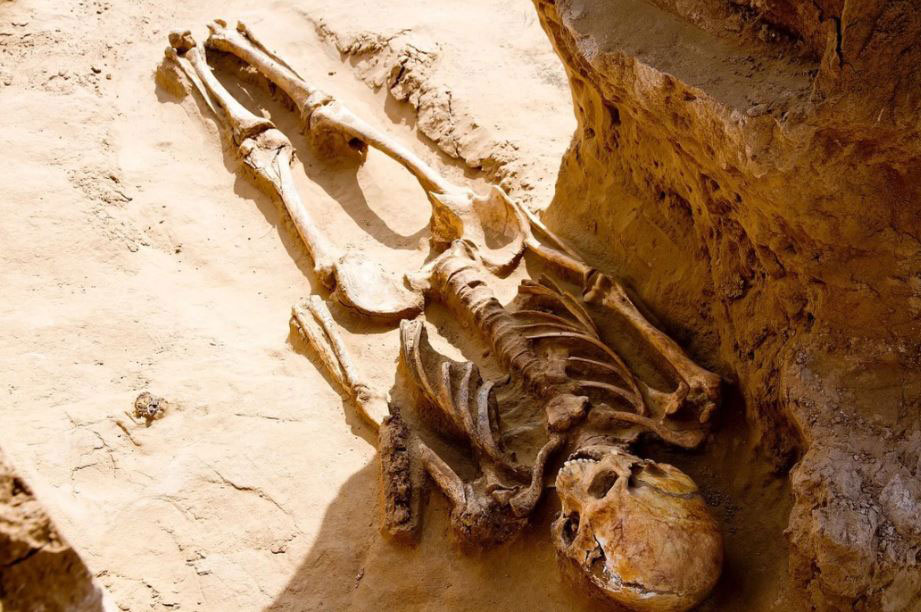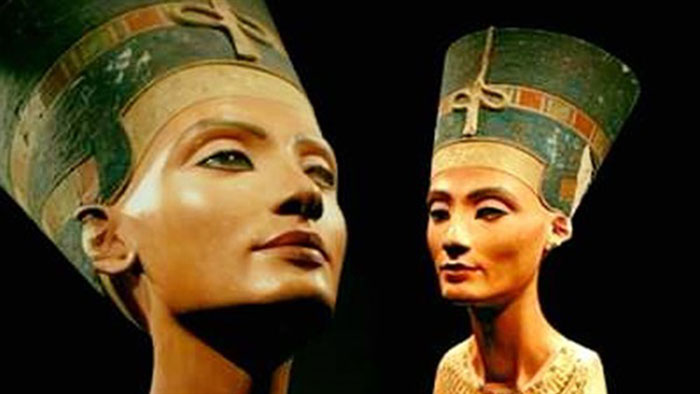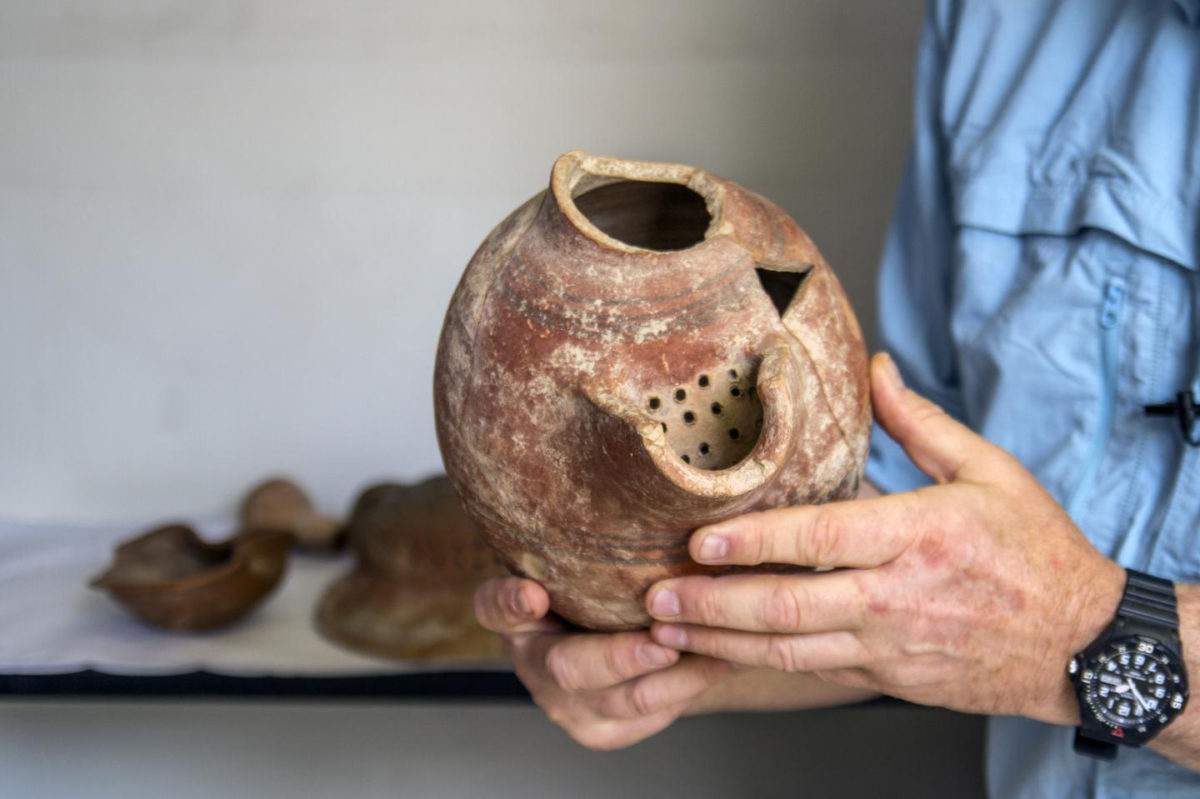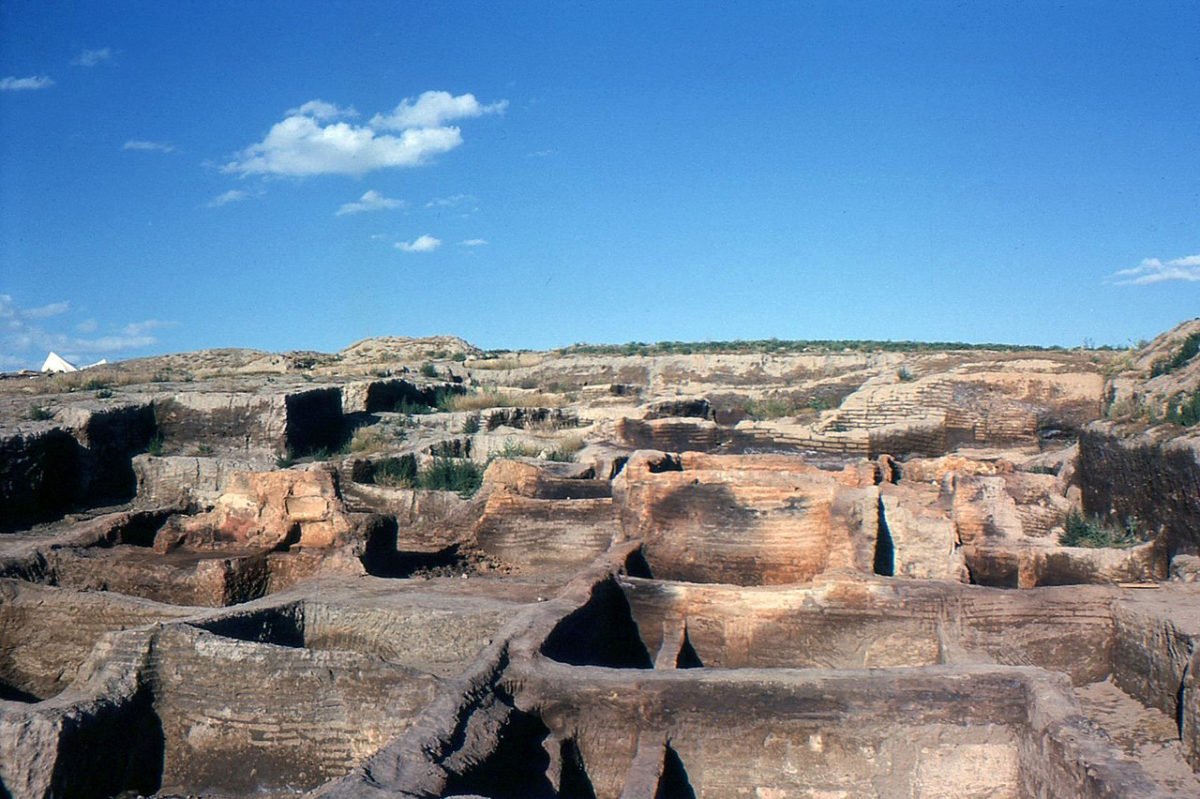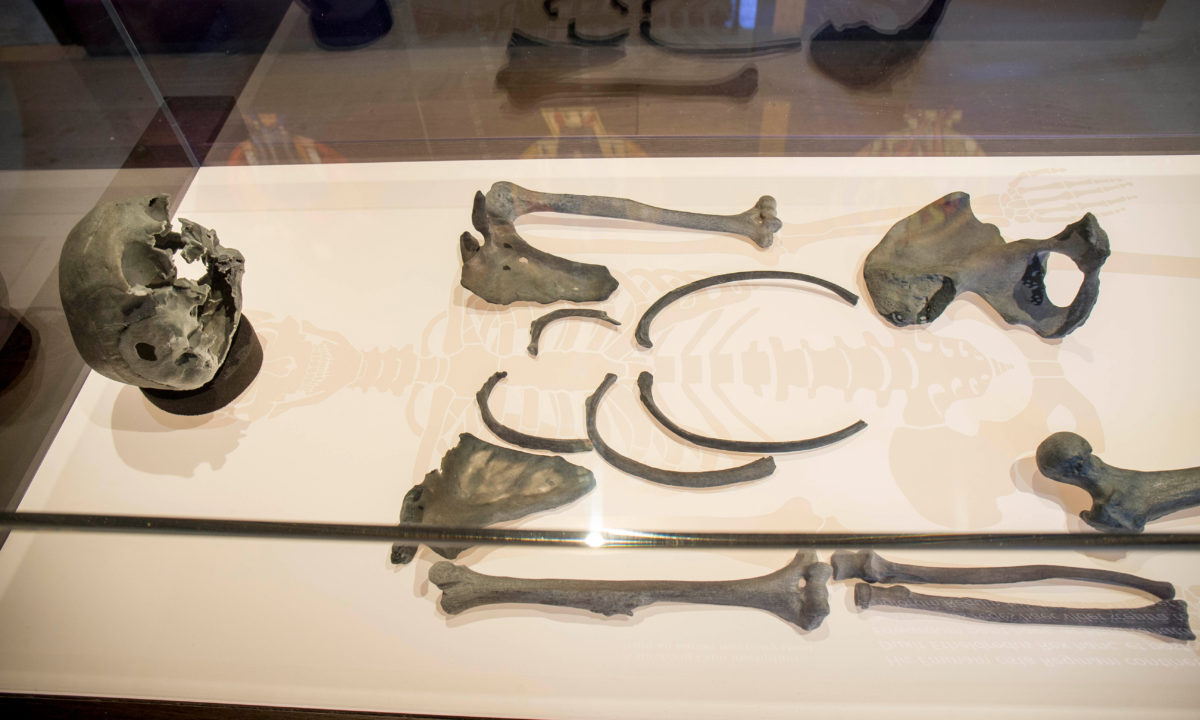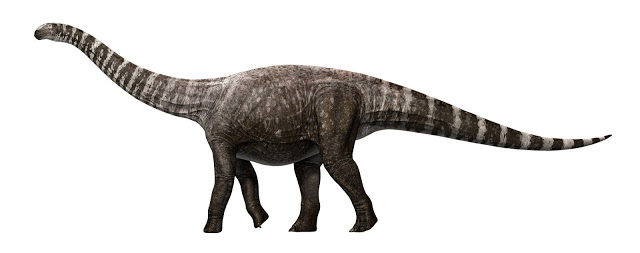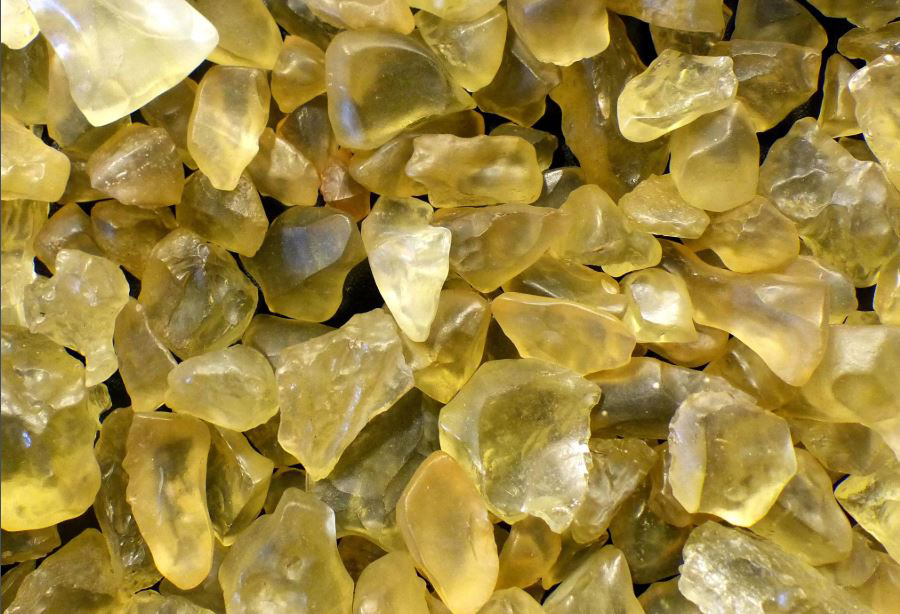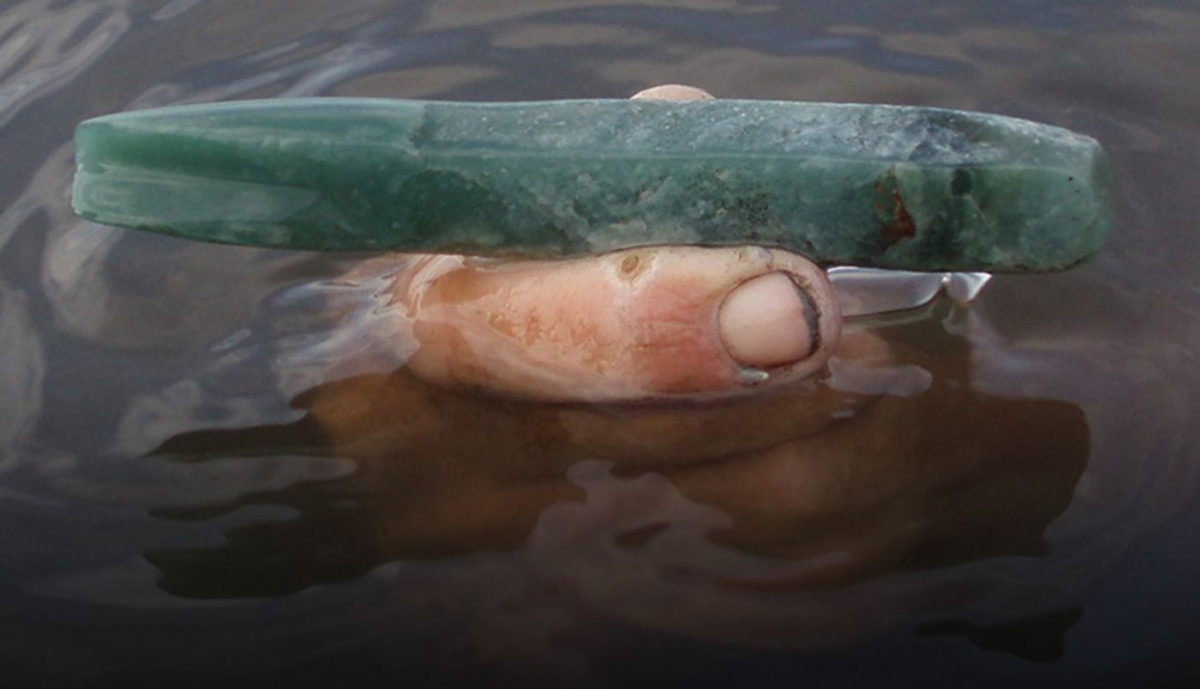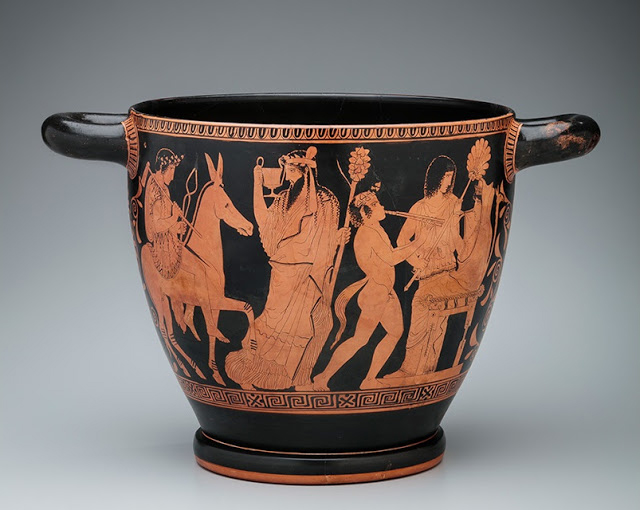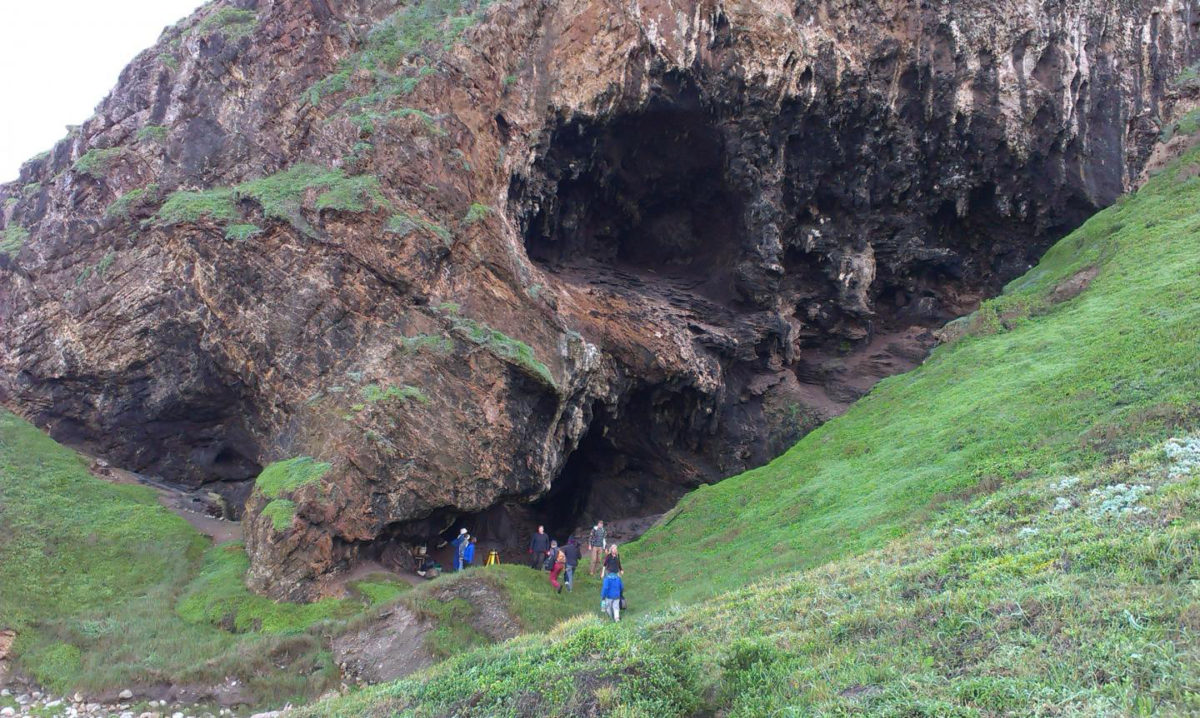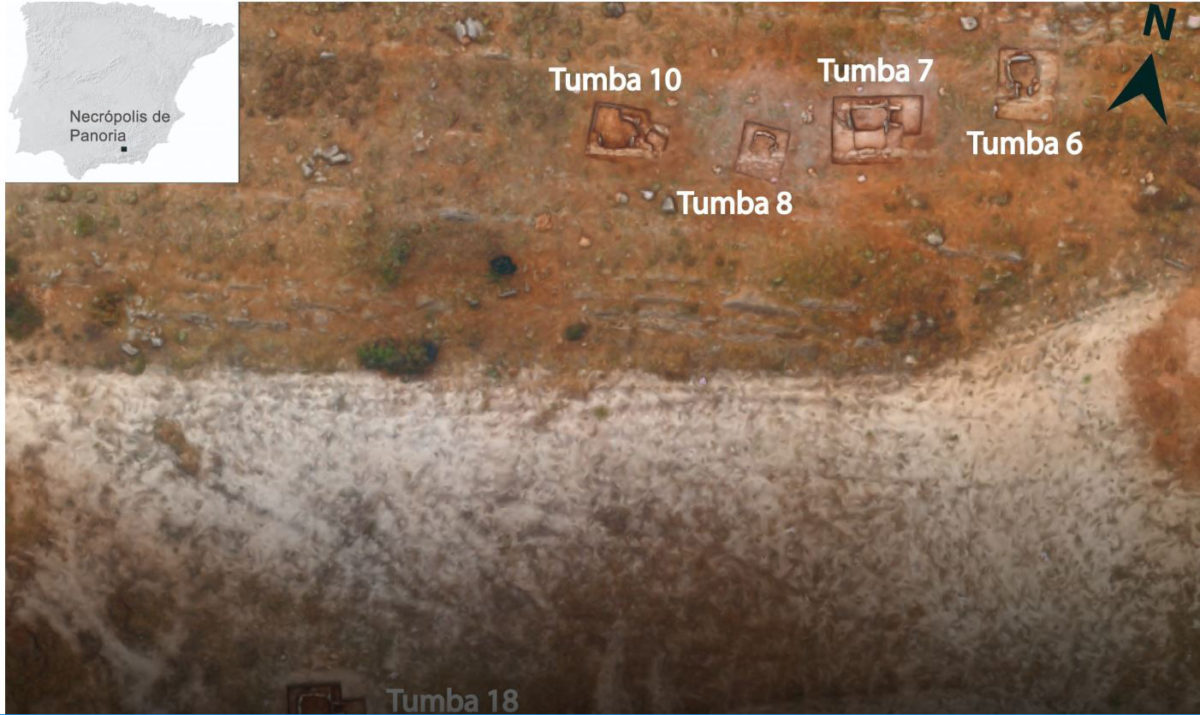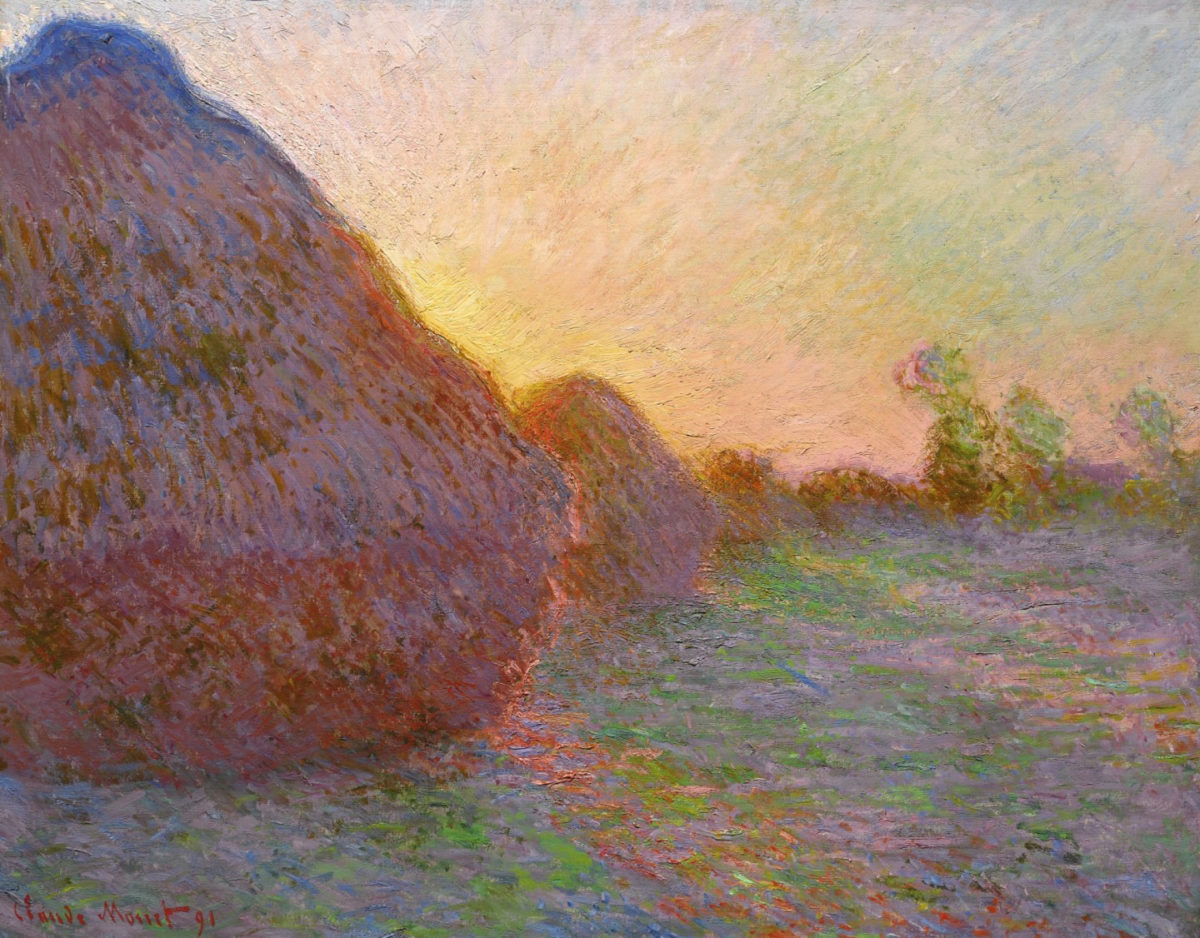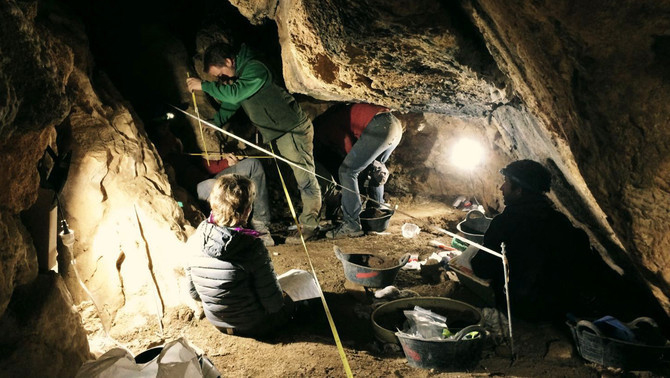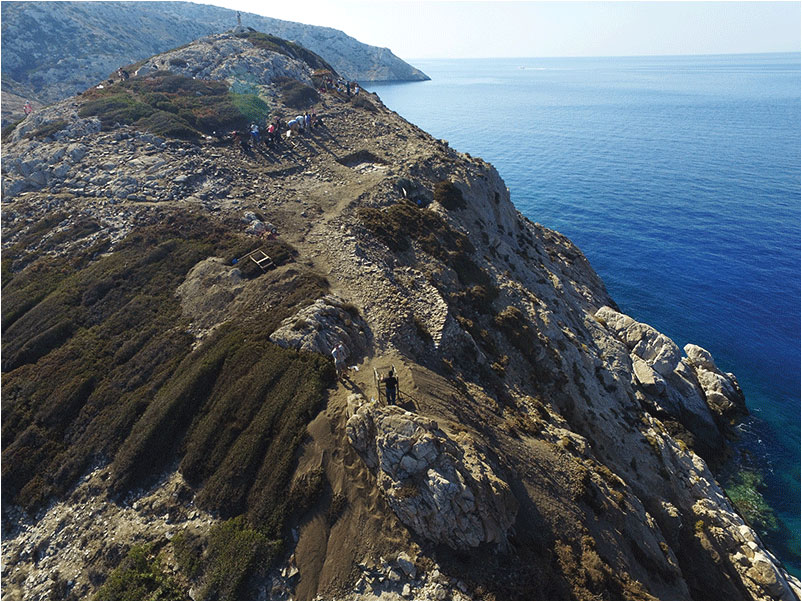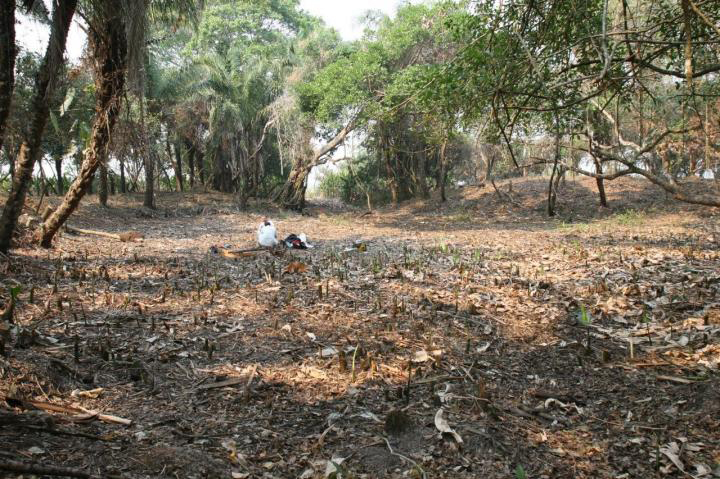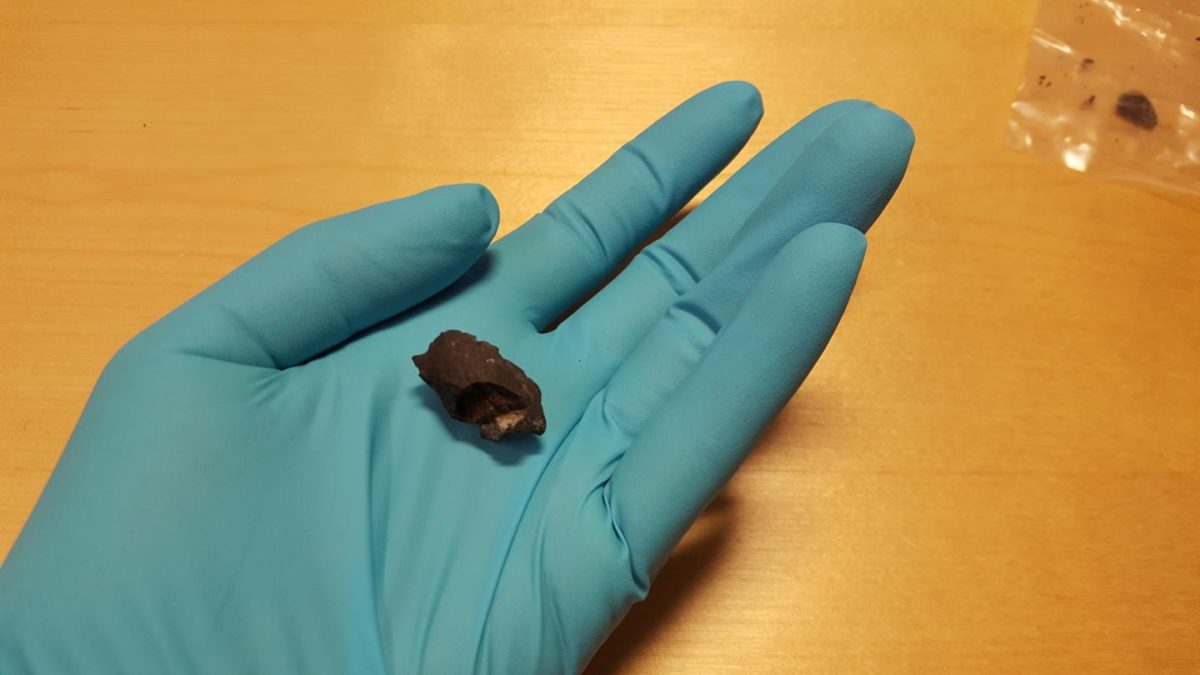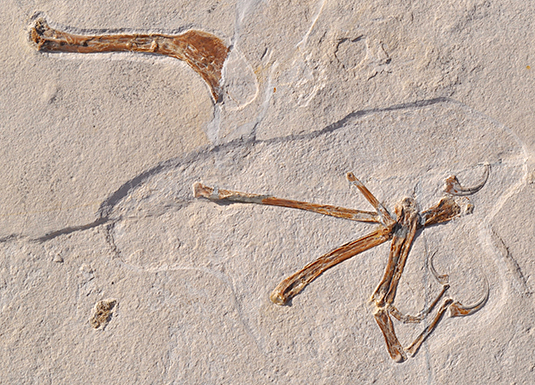Unique Iron Age shield found by Leicester archaeologists
A unique bark shield from the Iron Age has been discovered by archaeologists from the University of Leicester, the only one of its kind ever found in Europe.
Banksy in Venice again
Banksy has posted a video on Instagram showing a man assembling a set of pictures near St Mark’s Square in Venice.
A 2,500-year-old nomadic tribe has been found in Russia
A 2,500-year-old burial of members of a nomadic tribe has been uncovered in Russia by a farmer.
Nefertiti bust kept in Germany belongs to Egypt says archaeologist
The Nefertiti bust kept in Germany belongs to Egypt stated the director of the Antiquities Museum at the Bibliotheca Alexandrina.
Cocktails with Cleopatra?
Israeli scientists resurrect yeast from ancient beer jugs to recreate 5,000-year-old brew.
The role of kinship in Çatalhöyük
An international team of geneticists decided to study the DNA of some of the human remains discovered in the prehistoric settlement.
Winchester Cathedral’s mortuary chests unlocked
A team of archaeologists and anthropologists from the University of Bristol have been gradually unlocking the secrets hidden within Winchester Cathedral’s mortuary chests.
A High-Heeled Dinosaur?
A 24-tonne dinosaur may have walked in a 'high-heeled' fashion, according to University of Queensland research.
Delos – The Open Museum: an ongoing programme
The Ministry of Culture and Sports has presented a comprehensive plan for the protection and enhancement of the archaeological site of Delos that is being applied on multiple levels simultaneously.
King Tut’s yellow scarab glass formed by a meteorite impact
A Curtin University researcher has solved a nearly 100-year-old riddle by discovering that glass found in the Egyptian desert was created by a meteorite impact.
Jadeite tool discovered in ancient underwater salt works
Researchers say the find shows the importance of salt and Maya salt workers more than 1,000 years ago.
New graffiti by Banksy may have been found in Venice
A graffiti depicting a child wearing a life jacket and holding a flare was found on the wall of a house on the Ca Foscari canal in Venice.
Germans returned priceless reliquary case looted from North Cyprus
The reliquary was on sale online on the Hargesheimer Kunstauktionen Düsseldorf auction house website. The Holy Bishopric of Morfou was immediately notified.
Toledo Museum of Art to return ancient Greek vase to Italy
The vessel will remain on view at TMA for four years, after which the Museum may ask to renew the loan or request another significant object from the Italian government as part of a continuing and rotating cultural exchange.
Earliest evidence of the cooking and eating of starch
Early human beings who lived around 120,000 years ago in South Africa were 'ecological geniuses' who were able to exploit their environment intelligently for suitable food and medicines.
Palaeolithic diet had no social divisions in food consumption
Although Megalithic communities did vary their eating habits over time, there were no relevant social differences either in the type of food or in the proportion of proteins consumed.
Record Price for a Monet painting
A Claude Monet painting from the “Haystacks” series by the French artist sold last Tuesday at a Sotheby’s auction in New York for 110.7 million dollars.
3,500-year-old cave burials found in Western Pyrenees
The oldest documented human remains in the Western Pyrenees have been discovered at Pallars Sobirà in the Siarb Valley (Catalonia).
Archaeological expedition to the Sudanese desert
The archaeologists' goal was to research the ancient nomads of the region and also assess antiquities threatened by goldmining.
Sanctuary of Nemesis has come to light in the ancient theatre of Mytilene
This important find enhances the significance of the site of the ancient theatre of Mytilene.
Evidence of advanced architectural planning on Dhaskalio
A four year research program has been completed with the discovery of impressive architectural remains of an important Proto Cycladic settlement.
Ancient fish ponds in the Bolivian savanna supported human settlement
A network of fish ponds supported a permanent human settlement in the seasonal drylands of Bolivia more than one thousand years ago.
Chewing gums reveal the oldest Scandinavian human DNA
The first humans who settled in Scandinavia more than 10,000 years ago left their DNA behind in ancient chewing gums, which are masticated lumps made from birch bark pitch.
First birds: Archaeopteryx gets company
A team led by Professor Oliver Rauhut has taxonomically identified a bird unknown until now: Alcmonavis poeschli.
